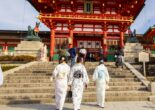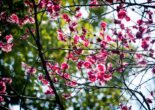Once you have seen the sights in the center of Tokyo, an hour with the train takes you to even more genuine Japanese sights. Here are five easily accessible examples you can not experience outside Japan.

Greater Tokyo covers a huge area – as large as greater Los Angeles. But differently from California, Japan is densely populated, with trains running everywhere connecting this huge city together. In Japan the commuters take the train, and so does anyone who want to go sightseeing. And if there was ever a place steeped in history, it is Japan. You can find unique sights within an hours train ride from Tokyo station. The ride is even shorter if you start from Ueno, Ikebukuro, or Shinagawa, the major communications centers in central Tokyo.
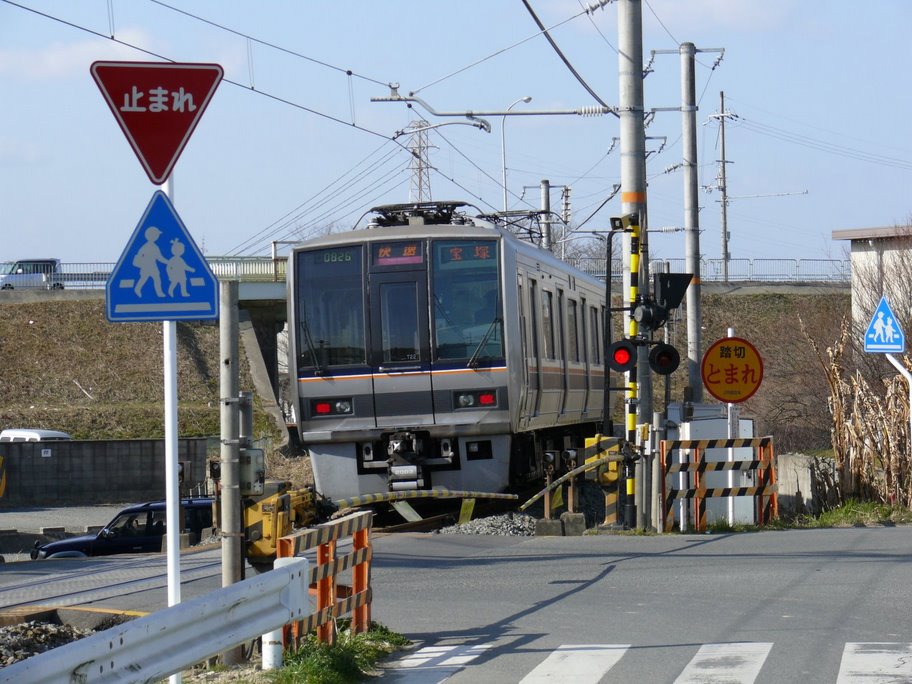
Special Tokyo Tourist Trains
There are special express trains to some famous destinations, like Nikko, Hakone, and Izu peninsula, but you do not have to take a special train to find some very different sights. Just be mindful that on working days, the rush hour fills up the trains to the breaking point and then some. The pictures you may have seen of passengers being squeezed onto the trains by station staff are typical in the Tokyo rush hour, as they try to make sure nothing is protruding from the trains and blocking the doors – like briefcases, arms and legs, after the passengers have pushed themselves aboard.
The rush hours have become somewhat moderated after the Covid pandemic, since many companies were forced to let their staff continue telecommuting. But it is still best to avoid the time between 7 AM and 10 AM, since trains tend to be full.
So if you want to go somewhere with the train, where should you go? Here are five destinations within reasonable distance from the Yamanote Line that you are guaranteed to enjoy.
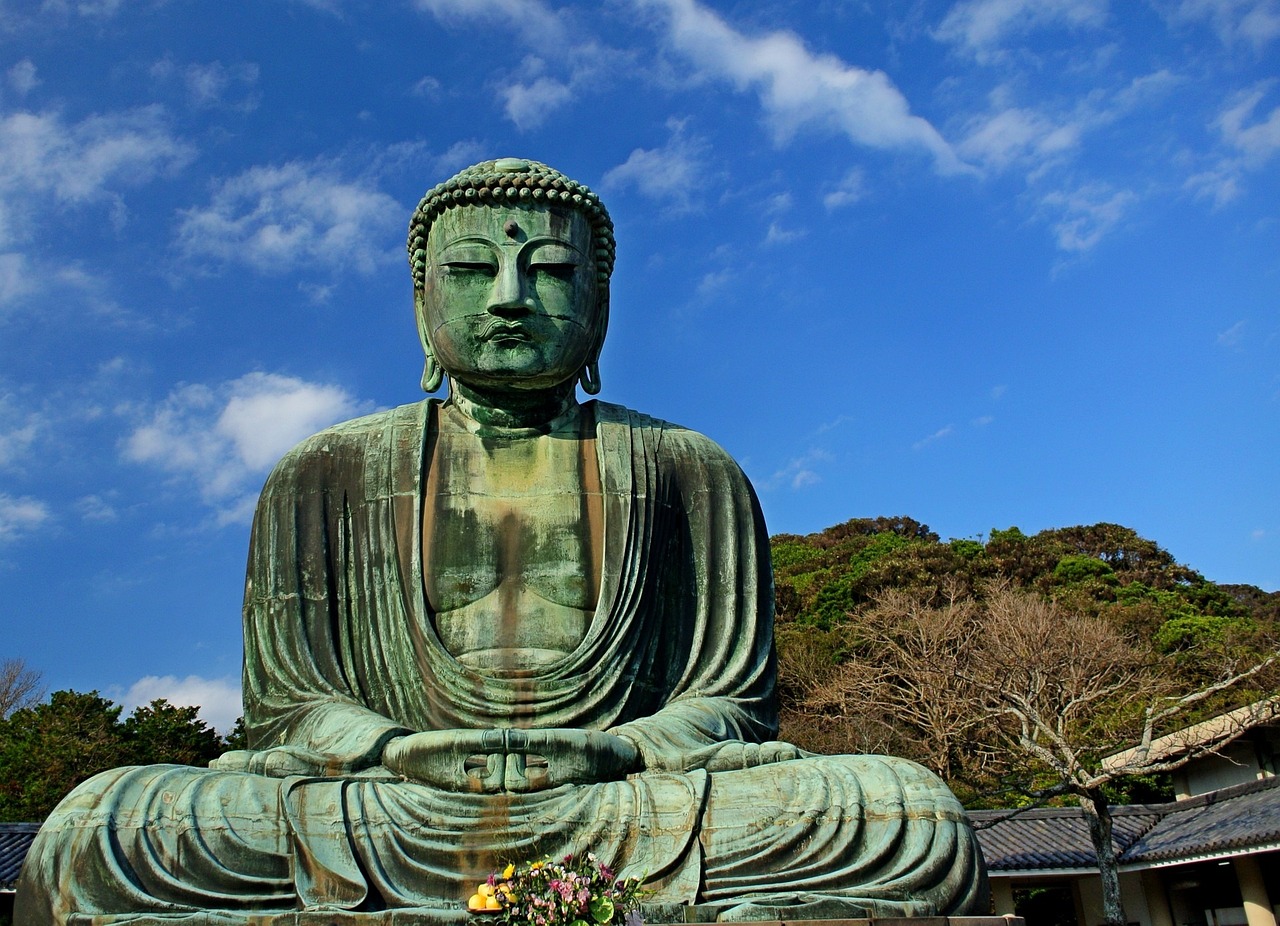
1. Kamakura
1 hour from Shinagawa on the Yamanote Line
Kamakura is probably most famous for its great sitting bronze Buddha statue. You can go inside the statue for a fee, but it is more interesting from the outside. The view from 11 meters up is much less impressive than the majesty of the meditating statue. Dating back to 1252, it has been standing in the open since the 15th century. It is about 10 minutes walk from the Hase station on the Enoshima line, a light rail train that follows the coast.
As this is a temple, it (nominally) opens at sunrise and closes at sunset, but in practice it is open from 8 AM to 5 PM. The entrance fee is 300 yen. For more information, see the temple website.
There is a lot more to see in Kamakura, which has several ancient temples and one of the largest shrines to Hachiman, the god of war, in all Japan, established when this was the capitol of the first shogun in the 13th century.
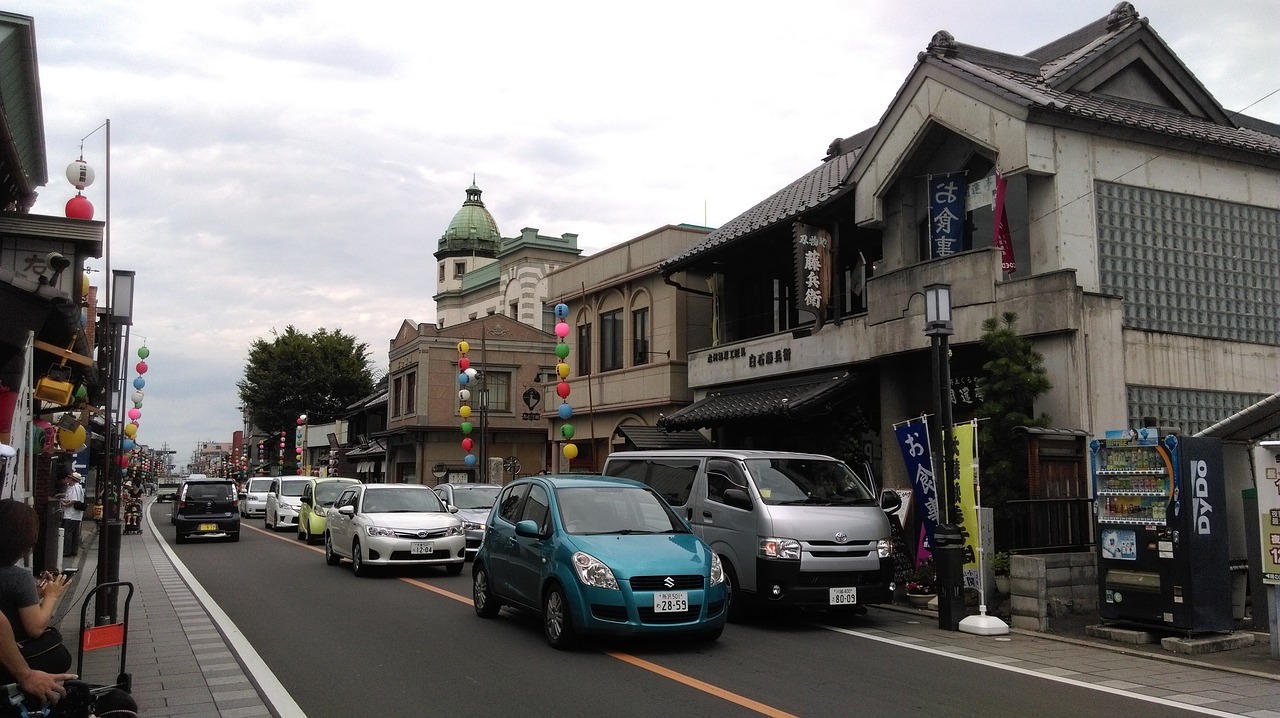
2. Kawagoe
1 hr from Ikebukuro on the Yamanote line
Often known (as so many other places) as “Little Edo”, Kawagoe has a better claim than most: There is a room in the Kawagoe castle which was moved there from the original Edo Castle.
The town is, however, most famous for two things: Looking like Edo, the old name for Tokyo and referring to how the city looked before it was modernized; and the sweet potatoes which is a main crop of this part of Saitama prefecture.
As a tourist, just walking around the old streets and enjoying the small shops selling local delicacies is enough entertainment for most (try the sweet potato-flavored soft ice cream). But the town also has a museum well worth visiting, as well as a temple with a remarkable statue garden.
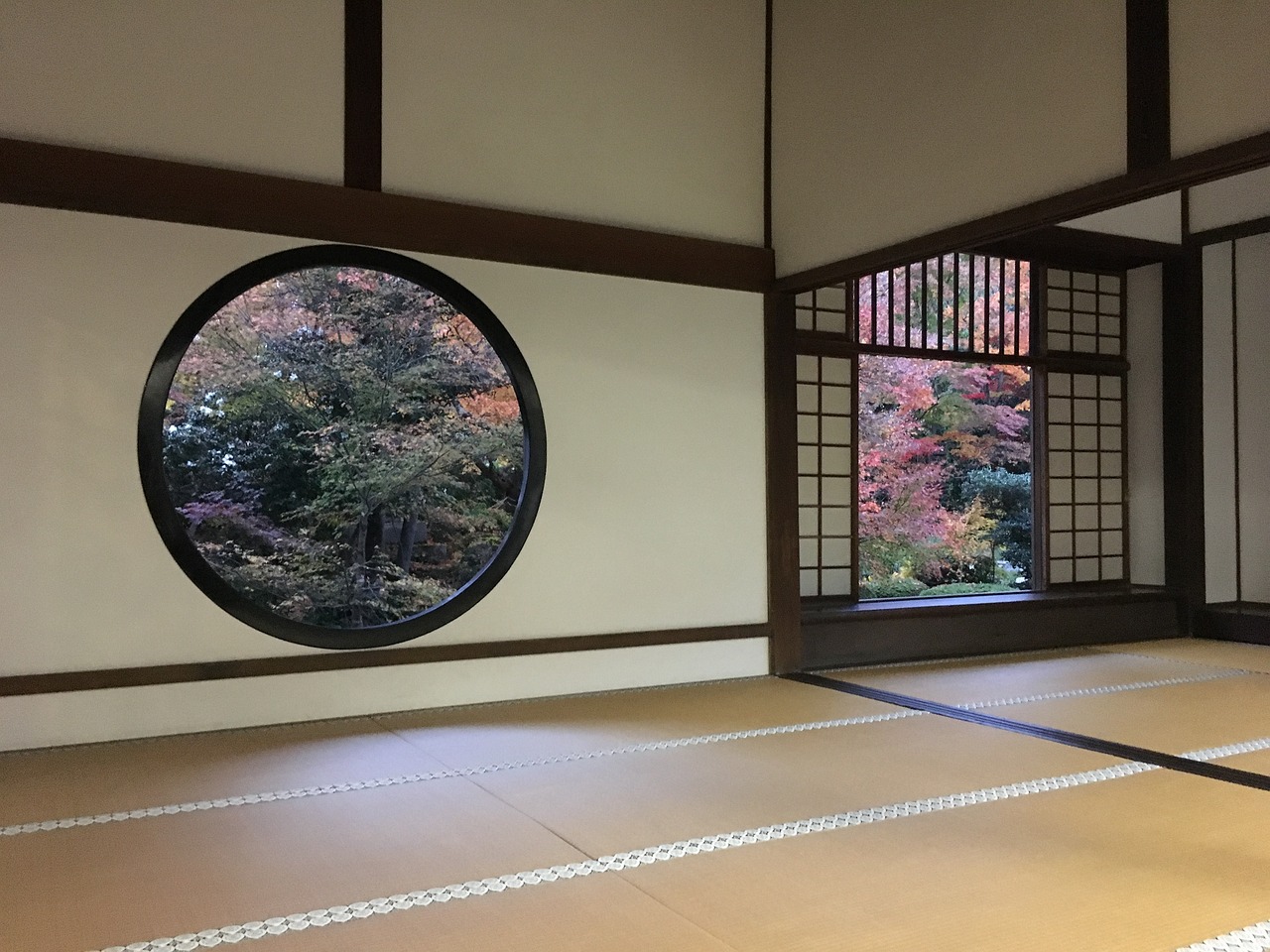
3. National Museum of Japanese history, Sakura city
1 hr 15 min from Ueno on the Yamanote line
This surprisingly large museum is located in Sakura City of Chiba prefecture, otherwise mostly known for the tulip fields around the nearby Liefde Dutch windmill, which most people notice from the train to or from Narita Airport. The museum has several galleries tracing the history of people in Japan from the ice age to today. Special exhibition galleries highlight various aspects of Japanese culture and folklore with rotating exhibitions, right now about calendar-based fortune telling and fortune tellers.
But Sakura city also has a large castle ruin park, worth strolling around. There is not much left of the castle itself, but you get a good feeling for what it must have looked like when this was a castle town.
The museum opens at 9 AM and closes at 4:30 PM (5 PM in summer). Entrance fee 600 yen. The nearest stations are Keisei-Sakura, (20 min walk) and JR Sakura station (30 min walk).
For more information, see their website.
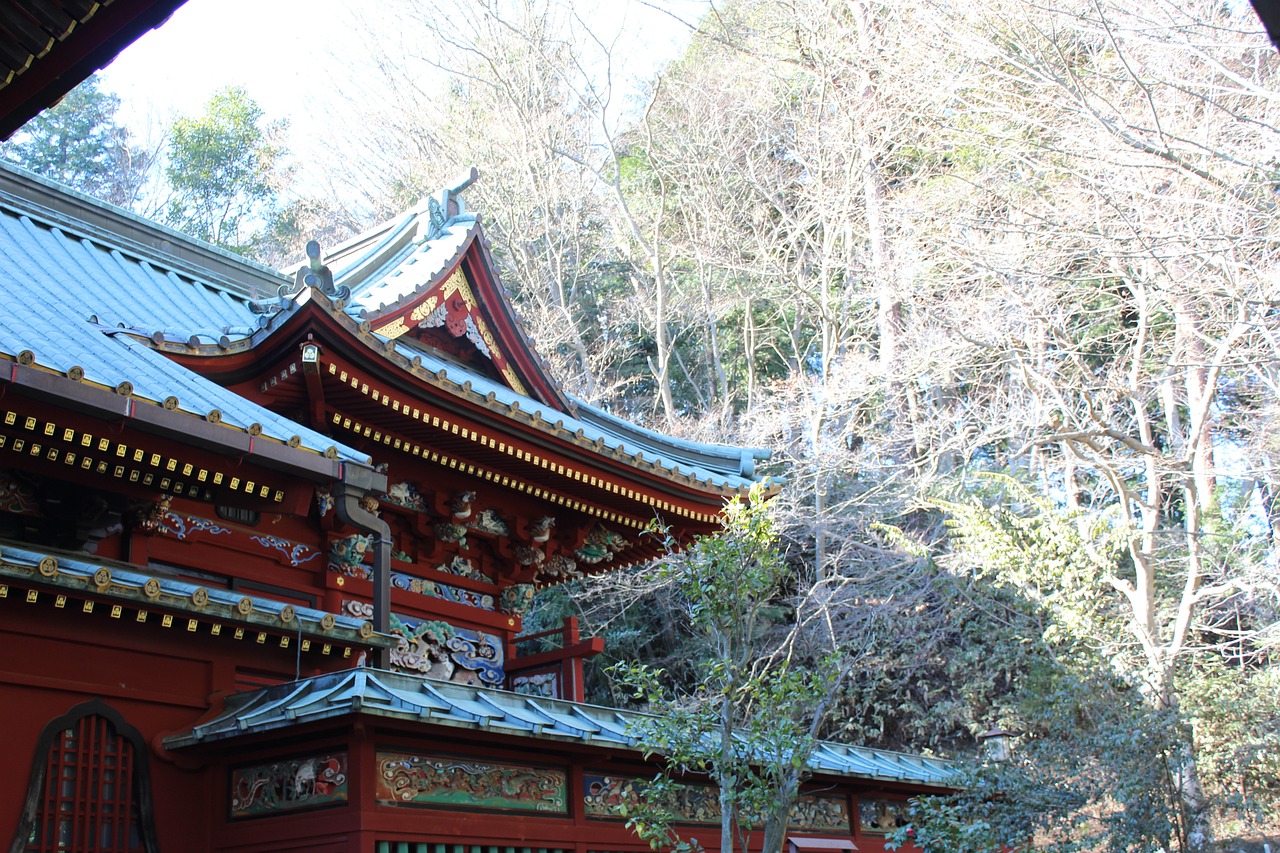
4. Mt Takao
2 hours from Shinjuku on the Yamanote Line
Tokyo is not just a city, it is a prefecture as well – and a prefecture full of nature. Following the walking trails, you could wander all the way from Mount Takao in western Tokyo prefecture to Osaka without entering a built-up area.
But Mt Takao is much more than that. The mountain rises at the edge of the Kanto plain, offering hot springs next to the train station, a monkey park where a band of Japanese macaques are kept, and a monastery on top of the mountain. But that is not all – if you are lucky, you might see a tengu, the flying long-nosed bookkeepers of the gods. The mountain is sanctified to them. But even if you do not, the walk beneath several hundred year old cedars, from the ropeway station to the temple, with magnificent city views on the way, is sure to be invigorating.
The fall colors are especially beautiful in the area, so it is likely to be crowded. The same goes for the (much shorter) cherry blossom season.
For more information, check out the website of the cable car company. The cable car operates from 8 AM to 5:30 PM, and the ropeway from 9 AM to 4 PM, with some exceptions. The fee is the same for both, 490 yen.
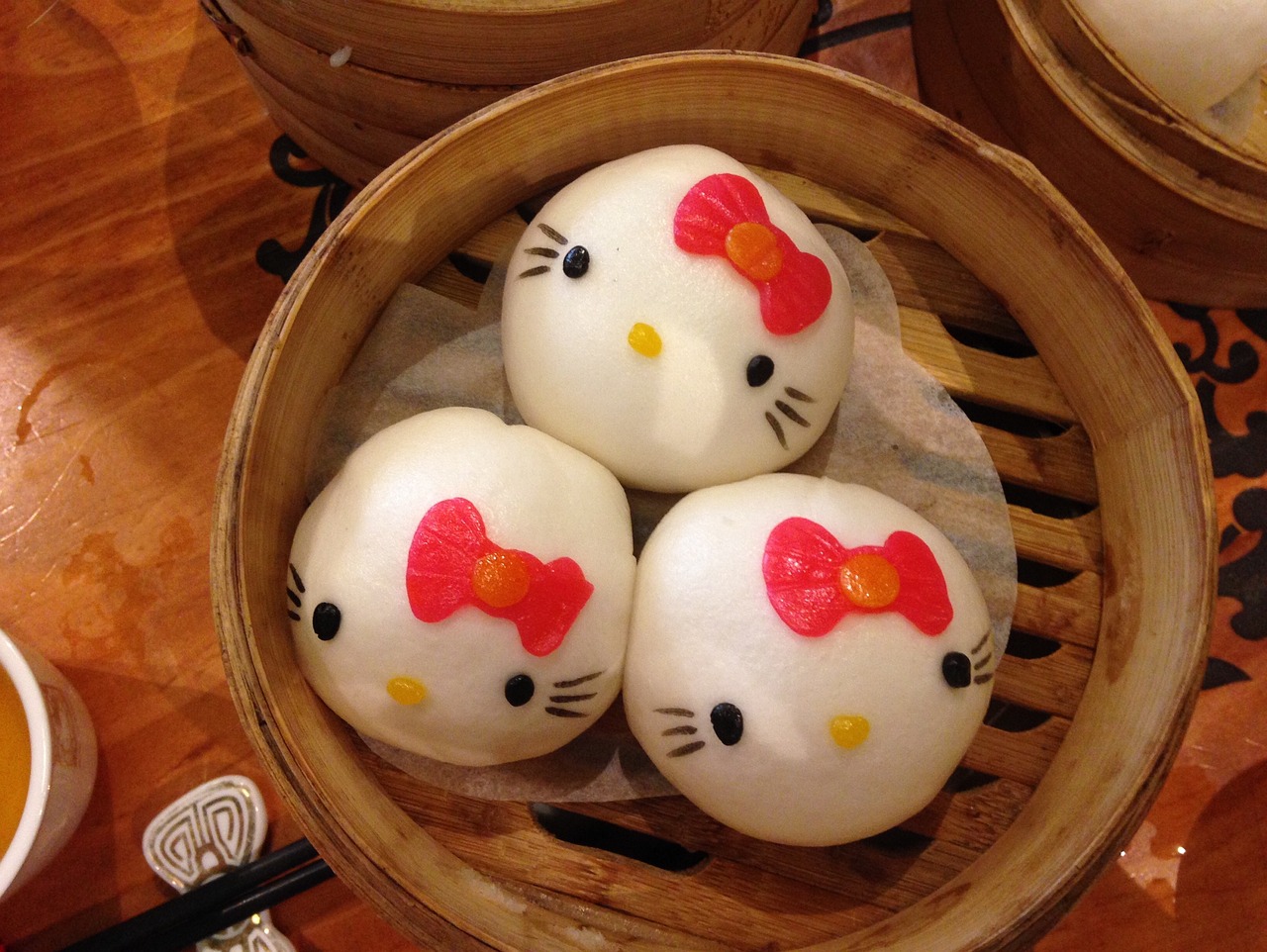
5. Tama
1 hour from Tokyo Station on the Yamanote line
Tama is home to the fourth character amusement park in Tokyo. Besides Disney Sea and Tokyo Disneyland, the Harry Potter Studio Experience in the former Toshimaen, and the occasional Kamen Rider lookalike shows in Tokyo Dome City, Tokyo is home to an amusement park dedicated to a different set of characters. And there characters are not about mystery, magic, or family fun. They are about cuteness.
A trip outside the center of Tokyo to the city of Tama not only gives you great views of Mt Fuji, you will also be able to experience the kingdom of kawaii in the only indoor amusement park in Tokyo. Here, the Sanrio set of characters will envelop you in their sugar-coated world, from Hello Kitty, the queen icon of kawaii; to the not quite so cute but not really bad angry penguin Badz-Maru.
If you are into Japanese kawaii, this is an absolute must visit, even if you are older than six years old. Opening hours are from 9:30 AM (sometimes 10) to 5:30 PM. Adult tickets are from 3600 to 4900 yen depending on day of visit. For more information, check out the website.
Related Articles
Warning: Undefined array key "sfsi_threadsIcon_order" in /home/veremosglobal/tokyoroomfinder.com/public_html/blog/wp-content/plugins/ultimate-social-media-icons/libs/controllers/sfsi_frontpopUp.php on line 165
Warning: Undefined array key "sfsi_blueskyIcon_order" in /home/veremosglobal/tokyoroomfinder.com/public_html/blog/wp-content/plugins/ultimate-social-media-icons/libs/controllers/sfsi_frontpopUp.php on line 170
Warning: Undefined array key "sfsi_bluesky_display" in /home/veremosglobal/tokyoroomfinder.com/public_html/blog/wp-content/plugins/ultimate-social-media-icons/libs/controllers/sfsi_frontpopUp.php on line 266


